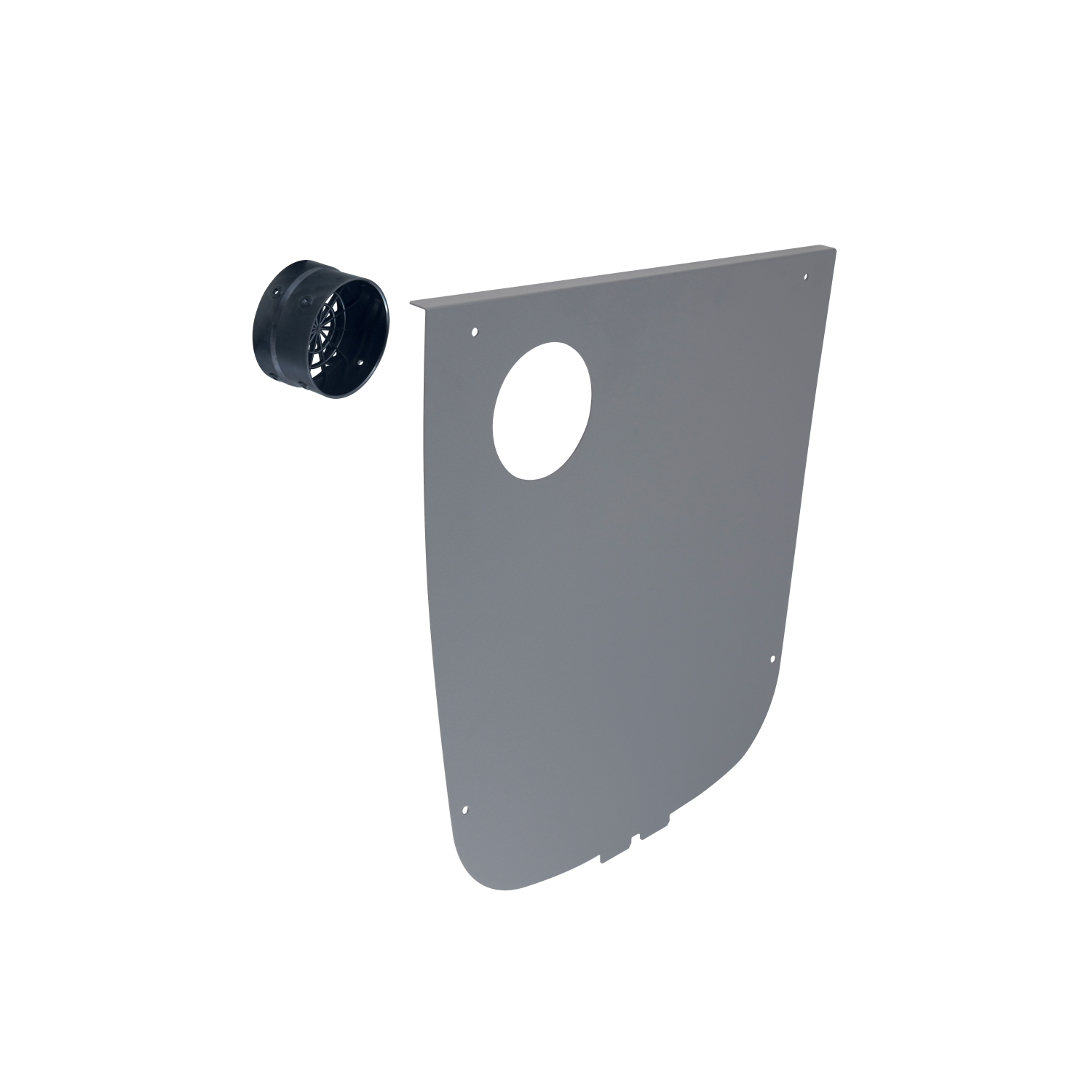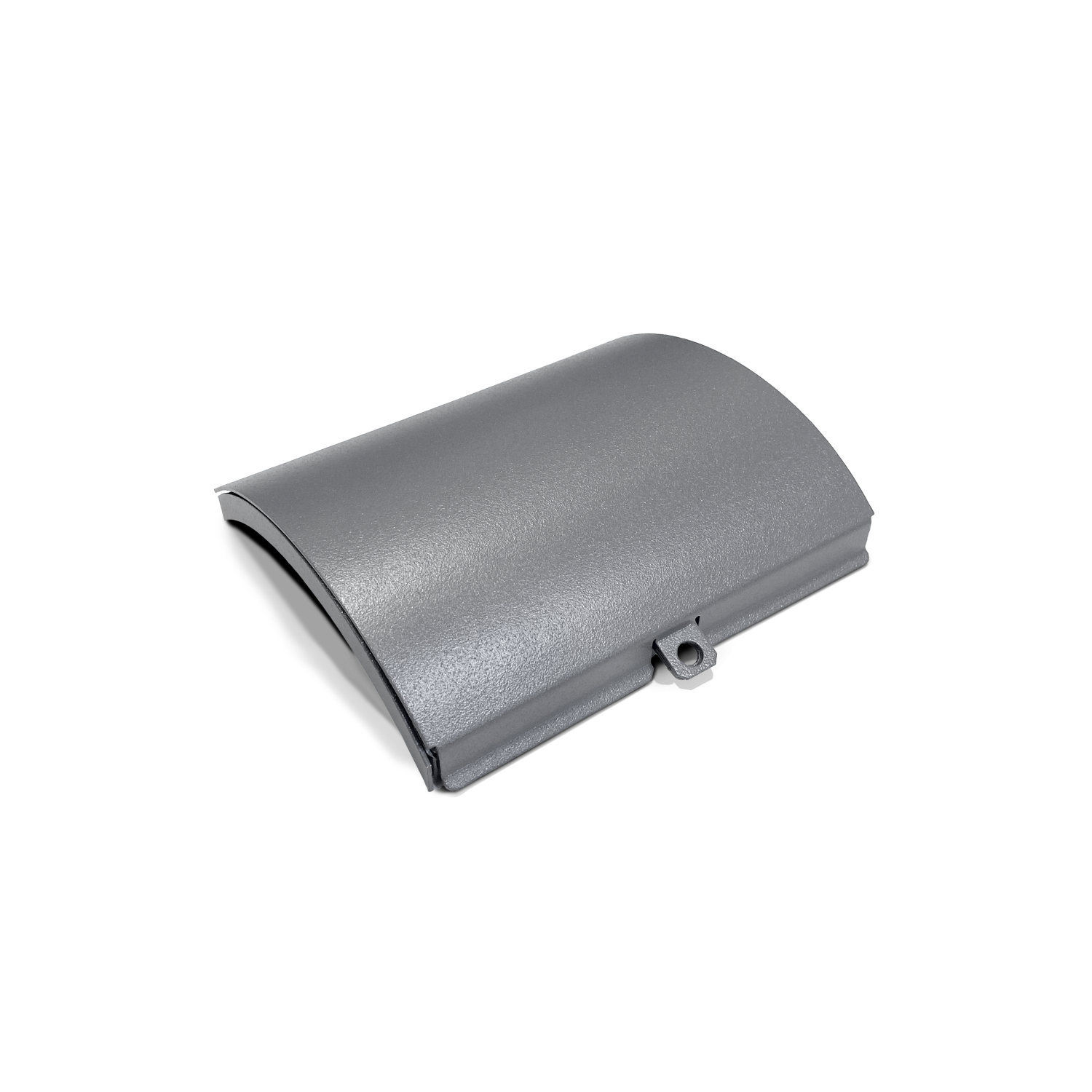JXi™ Pool & Spa Heater
The JXi offers a Space-Saving and Energy-Efficient Design that’s Easy to Install
SKU #JXI200N

The JXi™ heater sets the standard in pool and spa heating with its ultra-compact size, lightweight design and durable construction that protects against rodents. Boasting an 84% thermal efficiency rating* and a low-NOx design, the JXi is available in both natural and propane gas models.
An ideal heater for any circumstance, new build or as a drop-in replacement, the JXi is easy to install with ample plumbing flexibility to accommodate a quick swap for Mastertemp® and Max-E Therm® with no unnecessary adjustments.
The JXi also features advanced automation compatibility with AquaLink® systems and iAquaLink® control, for anytime, anywhere convenience—making it a top choice for pool professionals and pool owners everywhere.
JXi™ Pool & Spa Heater Specifications
JXi™ Pool & Spa Heater Downloads
JXi™ Pool & Spa Heater Features
JXi™ Pool & Spa Heater Accessories
JXi™ Pool & Spa Heater Frequently asked questions
- Look for obstruction or closed valve in system.
- Check for damaged internal bypass.
- Variable-speed pump set too low.
- Dirty filter or baskets.
- Flip the switch to “on” position.
- Cycle ignition sequence until air is out of the gas line.
- Replace gas valve.
- Check controls for proper operation.
- Check supply pressure.
- Heater is condensing. Flue product moisture will condense at the start-up until the heater water temperature reaches the normal operating conditions.
- Faulty or broken Thermal Flow Regulator.
- Correct the plumbing.
- TRV failure.
- Gas meter too small.
- Gas line from meter to heater too small.
- Correct gas supply pressure to 4.0" W.C.
- Replace with heater of higher input.
- Check blower inlet grill for obstruction.
- Check circuit breakers and power source.
- Replace the pump.
- Recheck wiring.
- Check time clock setting.
- Make sure the gas supply matches the gas type indicated on the rating plate.
- Correct gas supply pressure to 4.0" W.C.
- Increase offset gas pressure. Rotate adjustment screw clockwise.
- Correct gas supply pressure to 4.0" W.C
- Decrease offset gas pressure. Rotate adjustment screw counter-clockwise.
- Check offset pressure is set to —0.2” W.C. If this is set properly, connect manometer to blower throat and gas valve port to obtain differential. Make sure the differential value falls within the specified range for the heater size (see Table TBD in the owner's manual).

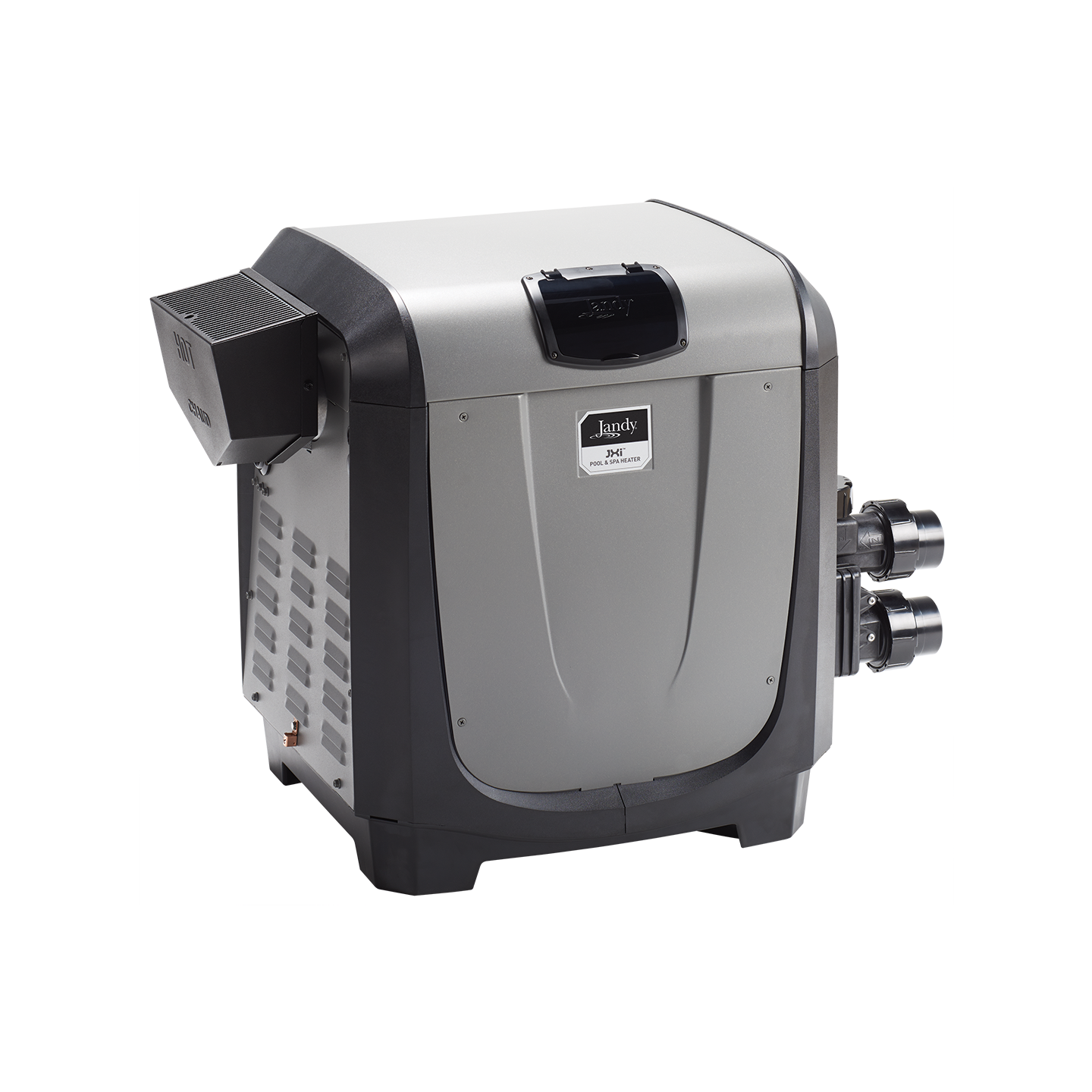

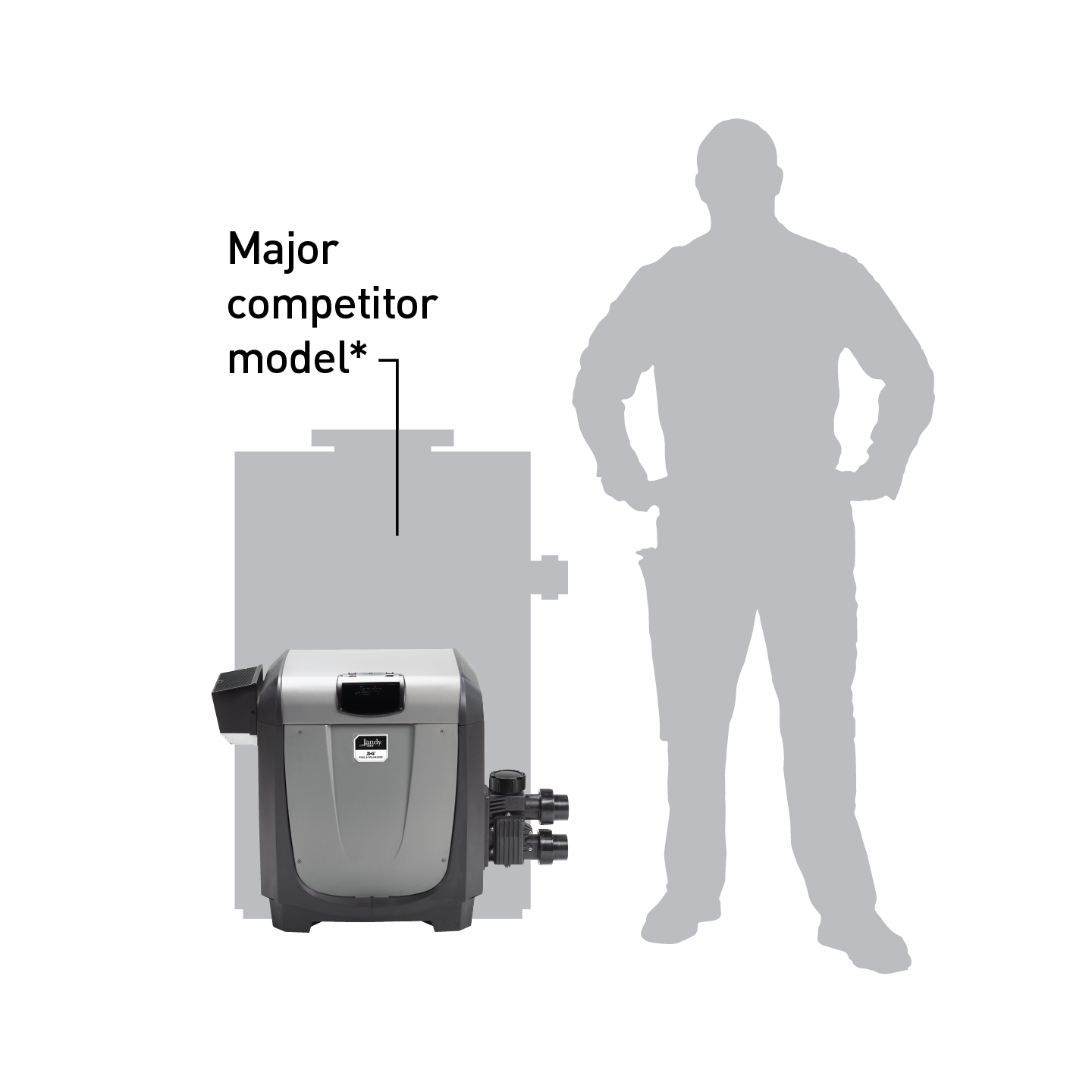




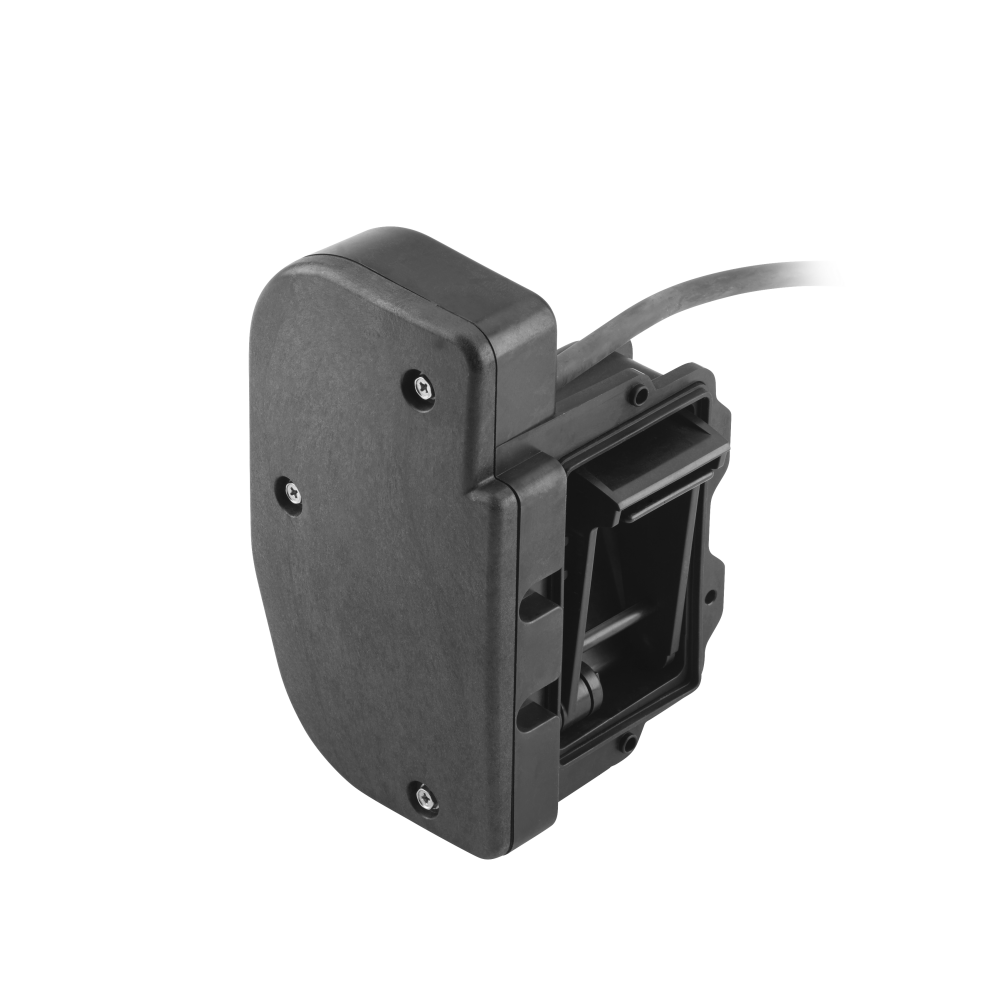

.png?h=1500&iar=0&w=1500&rev=-1)
